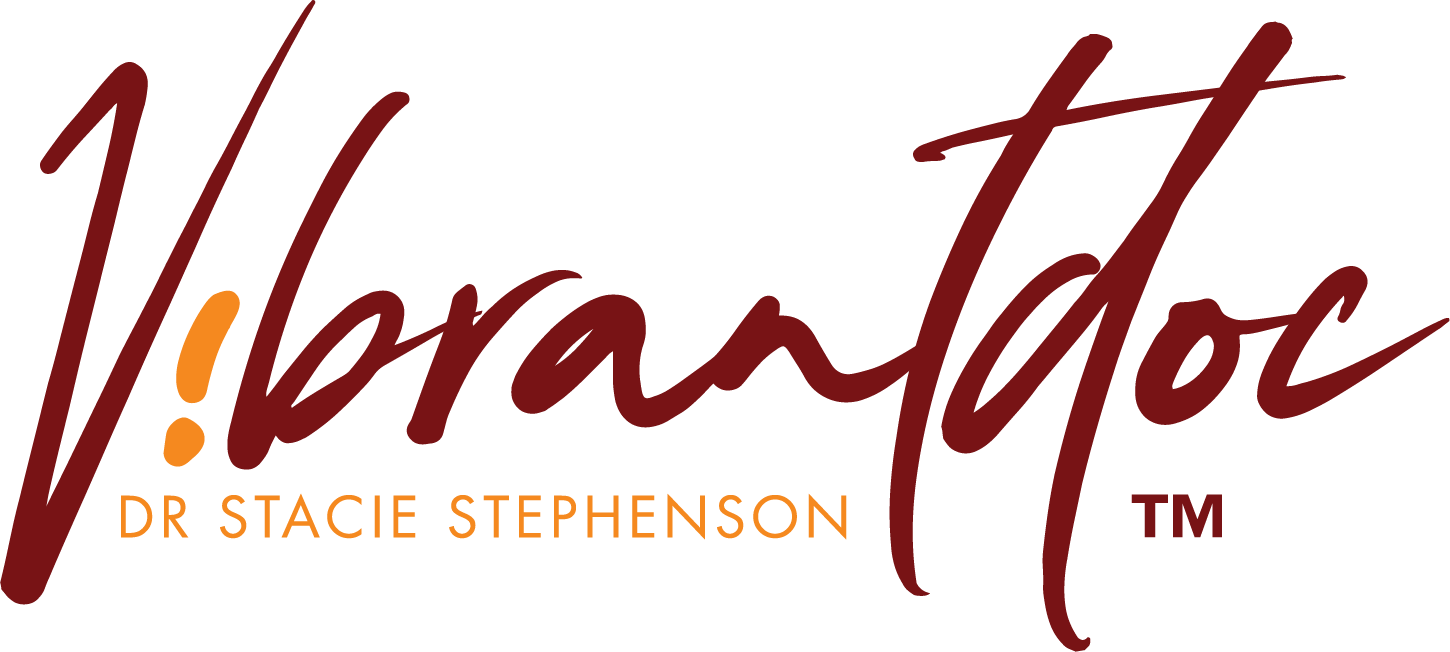I’ve written about red light therapy for anti-aging and pain reduction, and blue light for treating acne and depression. These are technology hacks you can use to improve your health and appearance, but blue and red light also play a much more primal role in your life…or at least, they used to.
Natures Lighting Scheme
Before the invention of electricity, humans woke up in the morning to full-spectrum sunlight, which contains lots of bright blue light. This blue light penetrates the eyes and goes into the brain, stimulating the pituitary gland to stop releasing sleep-inducing melatonin and give us a little shot of cortisol to help us wake up and get moving. It’s nature’s espresso!
In the evening, when the sun went down, turning red and orange, and then disappeared, the only light we had was firelight—distinctly red in character. While total darkness best triggers melatonin production, red light doesn’t interfere with it like blue light does. It’s relaxing, rather than stimulating. Nature’s chamomile tea.
Your Circadian Rhythm
The circadian rhythm—your rhythm of sleep and waking, hunger and satiety, energy and rest—is a complex internal and external response, but it is largely driven by light, and when we ignore those signals from the natural world, our circadian rhythms can get out of synch.
This can happen more dramatically when traveling across multiple time zones or doing shift work, but even exposing our pineal glands (through the eyes) to blue light at night (think smartphone screens), or darkness in the morning for that matter (think sleeping until noon with the blackout curtains drawn) is enough to cause a circadian rhythm disruption that is out of synch with nature and stressful to the body.
Why Are You Tired and Wired?
Circadian rhythm disruption is a common cause of daytime fatigue–that overwhelming desire for an afternoon nap or a big sugary coffee drink. It can also contribute to poor sleep quality as well as nighttime wakefulness. You know, when you wake up in the middle of the night with your brain going 100 miles an hour thinking about everything you suddenly have to worry about.
Your body would probably love it if you started going to bed at sunset and waking up at sunrise every day, and if you never looked at artificial lighting, foraged all your own food, and lived outside. Obviously, that’s not going to happen, however. So what’s a 21st century denizen of a high-tech world supposed to do?
Luckily, you can get back into sync with your own natural circadian rhythms pretty easily. Check out my Circadian Rhythm Hacks blog to find out how.


